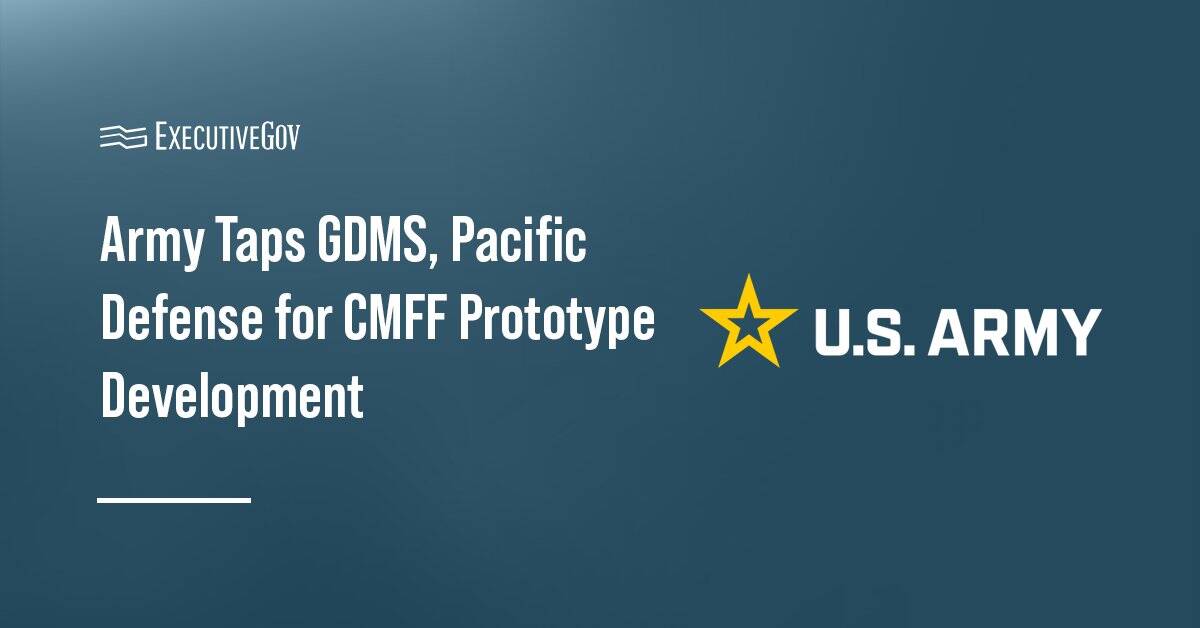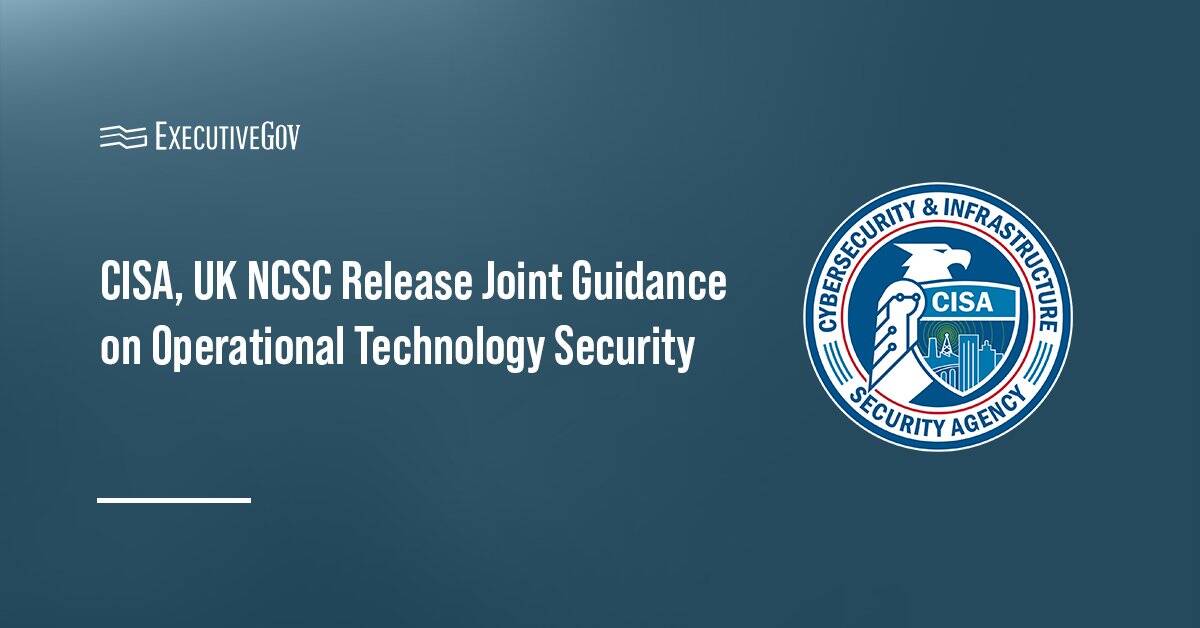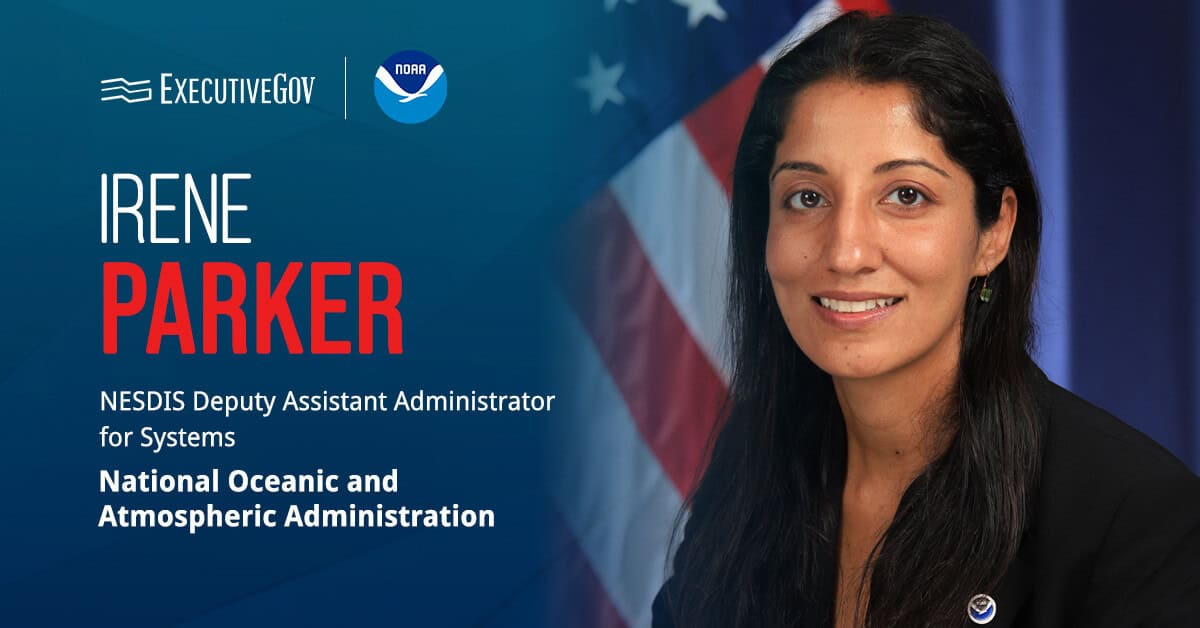
The U.S. Army is seeking industry assistance on four capability sets focused on utilizing artificial intelligence and robotics to modernize combat operations, National Defense reported Wednesday.
Lt. Gen. Eric Wesley, deputy commanding general for the Army Futures Command’s futures and concepts center, said the Army needs AI and machine learning-driven capabilities that cover lethality, stand-off, penetration and convergence functions during a recently held National Defense Industrial Association event. Wesley noted the Army is looking for nontraditional companies to get involved in the effort.
Technologies under the lethality and stand-off areas must have the capacity to help soldiers remain within the vicinity of enemy forces while maintaining control of the terrain. The necessary capabilities must also be able to penetrate complex enemy barriers and host multi-domain operations with unmanned platforms.
Related Articles
The U.S. Army has signed new rapid prototype other transactional authority, also known as OTA, agreements with General Dynamics Mission Systems and Pacific Defense to build a chassis that would enable soldiers to plug and play capabilities into military vehicles. Plug-and-Play Capabilities The technology is dubbed CMFF, which is short for Command, Control, Computers, Communications, Cyber, Intelligence, Surveillance and Reconnaissance/Electronic Warfare Modular Open Suite of Standards Mounted Form Factor. It offers both hardware and software designed to converge multiple legacy systems into one chassis in ground and aviation platforms. CMFF is equipped with power, networks and radio frequency to support
The United Kingdom’s National Cyber Security Centre, in partnership with the Cybersecurity and Infrastructure Security Agency, the FBI and other international partners, has published new joint guidance aimed at helping organizations secure their operational technology environments. The document, titled “Creating and Maintaining a Definitive View of Your Operational Technology Architecture,” builds on the recent Foundations for OT Cybersecurity: Asset Inventory Guidance and provides actionable steps to strengthen defenses against cyberthreats, CISA said. CISA is a DHS agency. Potomac Officers Club’s 2025 Homeland Security Summit offers an inside look at the latest programs, technologies and strategies shaping America’s defense against evolving
The National Oceanic and Atmospheric Administration has tapped Raytheon for a mission design and feasibility study on weather imagery capabilities under its Near Earth Orbit Network, or NEON, Stratus project. The company will conduct the Stratus critical design review study under an other transaction agreement NOAA signed with Raytheon valued about $5.9 million, the agency said Friday. Raytheon’s CDR study will focus on a U.S. Space Force design adapted to NOAA’s requirements for Stratus. Under NEON, low-Earth orbit environmental satellites will be launched for weather forecasting, environmental observation and public safety. The program also seeks to demonstrate faster data delivery





